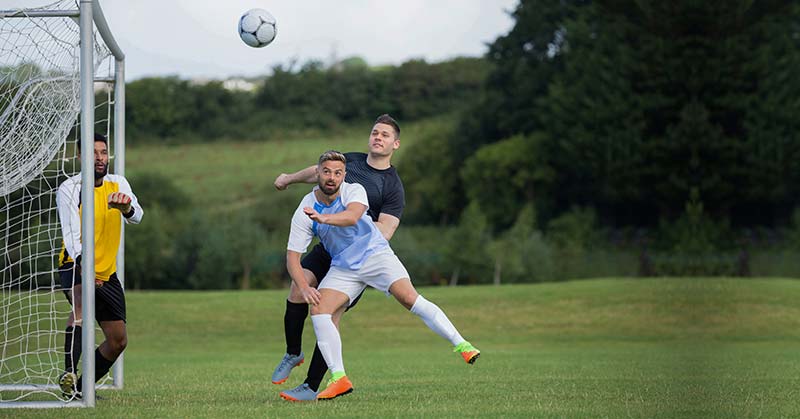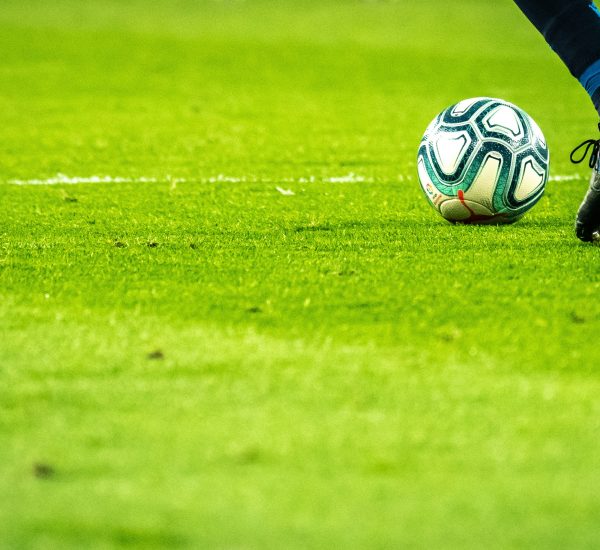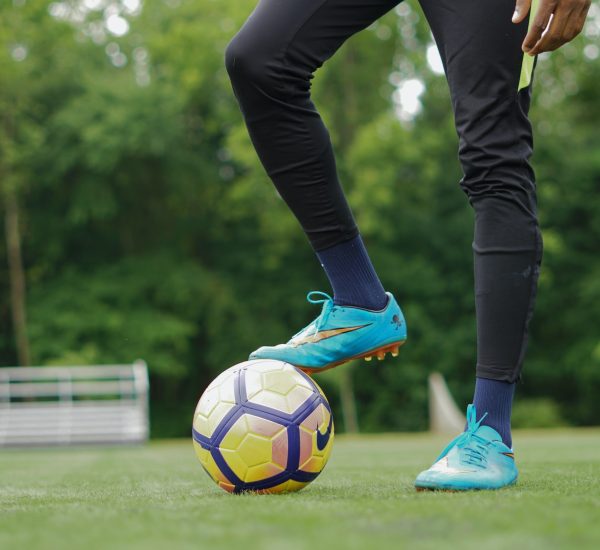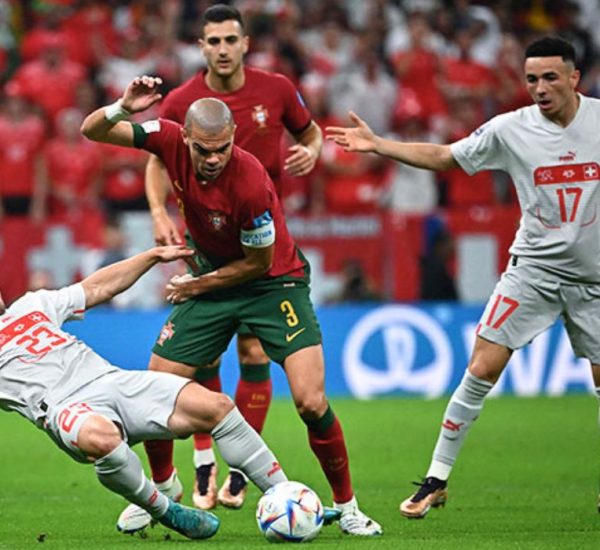A player can take many different defensive soccer positions on the field. This article will discuss each position and what you need to know to play that position effectively. We will also provide tips on training and improving your skills at each defensive soccer position.

In the field of football, learning and mastering football skills is the key to winning medals. When a person delves into football and understands the responsibilities of different positions, they can improve their football skills and demonstrate outstanding performance in the game. Especially by learning defensive positions, and through continuous training and practice, you will gradually improve your football skills. Showing outstanding performance in the game is the dream of every football player. And when you win a football match, a customized football medal will become a witness and pride of your hard work.
The organizers of the competition can customize the medals into shapes, colors, sizes, and content that meet the personalized needs of the venue or team, expressing players’ love for football. Secondly, these custom medals serve as souvenirs and will become precious memories of players’ careers. Whether as a personal award or a symbol of team glory, customized football medals will add luster to players’ achievements. By customizing football medals, the glory and passion of the game can be forever frozen, becoming a proud witness for every football enthusiast. Choose a custom football medal to add a unique reward and commemoration to your game!
There are five defensive soccer positions:
- The goalkeeper (GK) is in charge of the goal
- The sweeper (SW) patrols the area in front of the goal
- The full-back (FB) protects both sides of the field
- The center defender (CB) stands between the opponents’ forwards and defenders
- A wing back (WB), on the other hand, covers more ground than a regular right or left fullback would

The goalkeeper (GK)
The goalkeeper is the last line of defense and is responsible for preventing the opposing team from scoring. Therefore, the goalkeeper must be able to catch, throw, and save shots.
The sweeper (SW)
The sweeper (SW) patrols the area in front of the goal. The sweeper is a defensive player who plays behind the other defenders. The sweeper’s job is to stop the opponents’ forwards from getting past the other defenders.
The soccer position of a sweeper is to keep an eye on the opposition and make sure they don’t score.
The full-back (FB)
The full-back (FB) protects both sides of the field. Fullbacks are defensive players who play on the sides of the soccer field. Fullbacks must be able to run up and down the field quickly to defend against the opponent’s attackers.
The center defender (CB)
The center defender (CB) stands between the opponents’ forwards and defenders. Center defenders are the heart of the defense. They must be able to stop the opponents’ forwards from scoring and help the other defenders when they are in trouble.
The wing-back (WB)
On the other hand, a wing back (WB) covers more ground than a regular right or left fullback would. Wingbacks are defensive players who play on the sides of the field. Wingbacks must be able to run up and down the field quickly to defend against the opponent’s attackers. In addition, wingbacks must be able to cross the ball into the attacking third of the soccer field.
Position of the Defenders on a Soccer Field
When looking at defensive positions on a soccer team, it’s essential to understand each player’s location. The first thing that comes into play when discussing this topic is the goalkeepers – they have an extensive role in defense and must protect their net from any balls heading towards them!
Every other defender has specific areas of responsibility; some will handle tackling while others may focus more heavily upon marking opposing players or cutting off options ahead for attacking moves by getting between defender and ball-carrier.
The backline is the final barrier between an opponent and a goalkeeper – they must work well as a unit to keep opponents from getting clean shots off or breaking through into dangerous areas.
For this to happen, each member of the backline must understand their role and how their soccer position affects those around them.
Let’s take a look at some of the more common defensive positions on a soccer field:
Goalkeeper (GK) – As mentioned, the goalkeeper is responsible for protecting their net and stopping any shots that come their way. They are the only player allowed to use their hands within the confines of their penalty area and must dress in a way that makes them easily distinguishable from other players on the field.
Sweeper (SW) – The sweeper is positioned behind the other defenders and acts as a last line of defense should an opponent break through. Sweepers must be quick and have good vision to react to danger and clear the ball away before reaching the goalkeeper.
Full-Back (FB) – Fullbacks are typically positioned on either side of the center backs. They are responsible for marking opponents who may be trying to get in behind the defensive line and providing support to attacking players when their team has possession of the ball.
Like the sweeper, fullbacks must also be quick to keep up with opposing players trying to make a run down the flank.
Center-Back (CB) – The center backs are positioned in the middle of the defensive line and are responsible for stopping any opponents who may be trying to dribble or pass their way through the defense.
Center backs must be strong and have good stamina to stand up to any physical challenges they may face from opposing attackers.
Wing-Back (WB) – Wingbacks are similar to fullbacks but tend to focus more on attacking than defending. They will often stay higher up the field to support their team’s forwards when they have possession of the ball.
When defending, wingbacks will look to cut off any passing lanes that may be open to opponents and track any runs made down the flank.
The Role of Each Soccer Defence Position
Goalkeepers – Goalkeepers have the vital task of protecting their team’s goal and preventing the other team from scoring. They are often the last line of defense and must be very quick and agile. Goalkeepers also need to be good at handling the ball and making saves.
Sweepers – Sweepers play an essential role in defending their team’s goal. They are responsible for preventing the other team from scoring by clearing the ball away from the goal area. Sweepers also need to be quick and agile to move quickly to intercept the ball.
Centre-backs – Centre-backs are the defenders who play in the middle of the defense. They must be strong and physical to stop the other team’s attackers from getting through. They also need to be good at heading the ball and clearing it away from danger.
Full-backs – Full-backs are the defenders who play on the flanks of the defense. They need to be quick and able to quickly get up and down the pitch. Full-backs also need to be good at crossing the ball into the box.
Wing-backs – Wing-backs are a type of full-back that play a more attacking role. Like full-backs, they must be fast players and move up and down the soccer field. In addition, they must possess excellent crossing skills to deliver accurate passes to their attacking players.
Defensive Formations in Soccer
When it comes to defending, there are a few key things to keep in mind. First, you want to ensure that you have numbers behind the ball. It means that you should always have at least one more player back than the other team has up front.
Secondly, you want to be well-organized and communicate with your teammates so that everyone knows their role in the defensive scheme.
And finally, you need to be able to apply pressure to the ball and force the other team into mistakes.
There are a few different ways to set up your defense, but the most common formations are the 4-4-2, the 4-5-1, 5-3-2, and the 3-5-2. Each has its strengths and weaknesses, so it’s crucial to pick the right one for your team.
The 4-4-2 defensive formation
The 4-4-2 is probably the most popular formation in soccer. It’s simple and effective, allowing you to pack the midfield with bodies to win the battle for possession.
The main downside of this formation is that it can be vulnerable to quick, counter-attacking play. The other team can easily overload your defense if they catch you out of position.
The 4-5-1 defensive formation
The 4-5-1 is another typical formation. It’s similar to the 4-4-2 formation but with an extra player in midfield. It gives you more control of the middle of the field, but it also leaves you exposed to the wings.
The 5-3-2 defensive formation
The 5-3-2 is a more defensive-minded formation. It’s designed to stop the other team from playing through the middle of the field and to funnel them towards the wings.
It can be an effective strategy but leaves you vulnerable to quick, counter-attacking play. In addition, the other team can easily overload your defense if they catch you out of position.
The 3-5-2 defensive formation
The 3-5-2 is a less common formation but has become more prevalent in recent years. It’s similar to the 5-3-2 but with two additional players in midfield. It gives you more control of the middle of the field, but it also leaves you exposed to the wings.
Picking the correct formation is just one part of being a good defender. You also need to be able to read the game and make quick decisions. But if you can master the art of defending, you’ll be well to becoming a great soccer player.
End of Line
There are a few different ways to set up your defense, but the most common formations are the 4-4-2, the 4-5-1, 5-3-2, and the 3-5-2. Each has its strengths and weaknesses, so it’s crucial to pick the right one for your team.
Additionally, to be an effective defender, you need to read the game well and make quick decisions.
By understanding defensive formations and being able to apply pressure on the ball, you’ll become a great soccer player.



